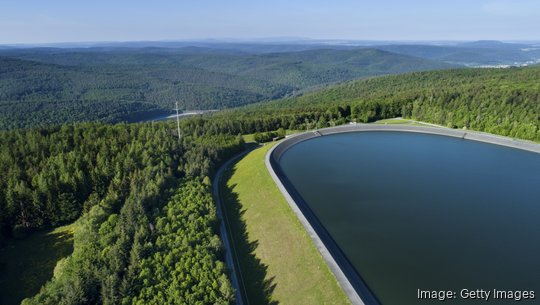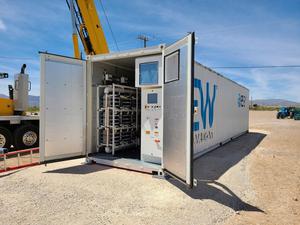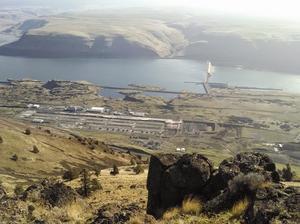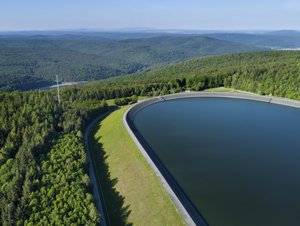
Pumped storage hydropower, a technology that’s been struggling to win over utilities in the Pacific Northwest, could have a new selling point.
A new study finds that closed-loop PSH systems — like one permitted in Klamath County and another proposed alongside the Columbia River in Washington — have lower lifetime greenhouse gas emissions than other ways of storing energy.
Among the technologies that pumped hydro beats: Lithium-ion batteries, which dominate utility solicitations for energy storage that’s needed to help decarbonize the grid.
Want more Portland Business News? Sign up for our Morning Edition and Breaking News emails.
“Our results suggest that closed-loop PSH offers climate benefits over other energy storage technologies,” National Renewable Energy Laboratory researchers said after conducting what they said was a first-time study of pumped storage’s global warming potential based specifically on dozens of proposed U.S. projects.
Global warming potential
Pumped storage works by moving water uphill when energy is available, and then downhill through turbines when energy is needed. Closed-loop systems operate between two reservoirs without access to a continuous source of water, although they do need to be replenished periodically.
Variations in how energy storage facilities are built had a relatively small effect on their global warming potential, or GWP, the NREL researchers said.
“Across scenarios and technologies evaluated, the source of stored electricity has the largest impact on the GWP of electricity storage technologies,” they wrote. “For PSH, facility-level decisions such as (reservoir) liner type, assumed facility lifetime, whether the facility is built on a greenfield or brownfield site, and installed capacity have small impacts on the GWP compared to the assumed grid mix of the stored energy.”
Lithium-ion rules
Lithium-ion batteries are the current energy-storage tool of choice for grid uses, with installations rising to a new record in 2022. On the supplier side, Tualatin-based Powin has soared providing big grid systems. On the user side, Portland General Electric recently announced three projects in the area in the next two years.
Lower cost and shorter development timelines compared to pumped hydro were the key factors in selecting batteries, PGE said.
Pumped storage developers acknowledge those hurdles, but say in the long run the extended output it can deliver — in the neighborhood of 8-12 hours, compared to the 2-4 hours provided by batteries — will be needed as fossil-fuel-burning plants disappear and variable clean energy resources increasingly power the grid.







